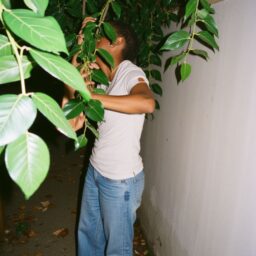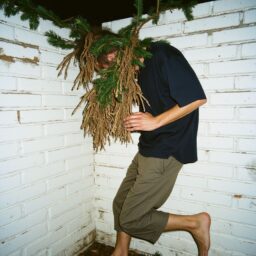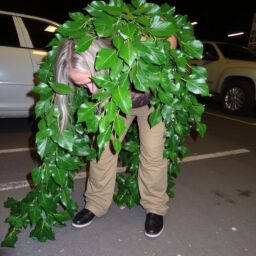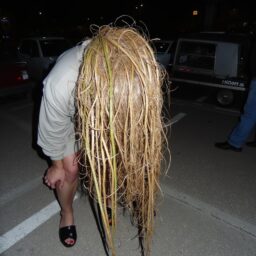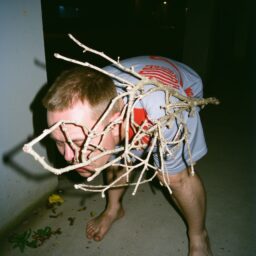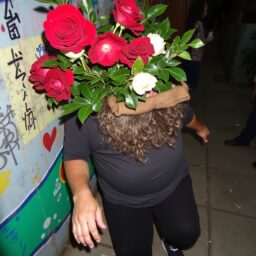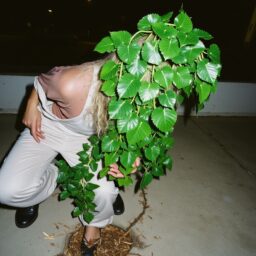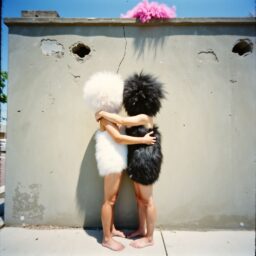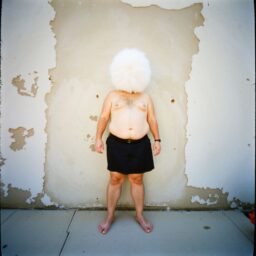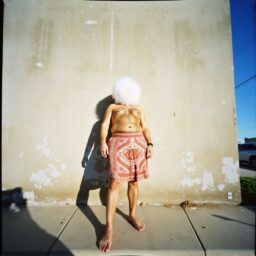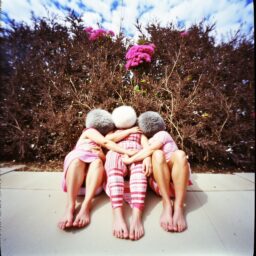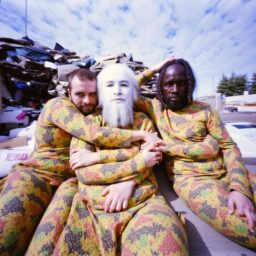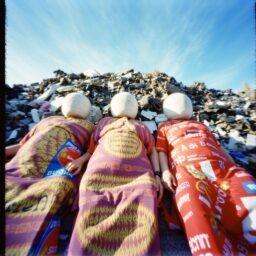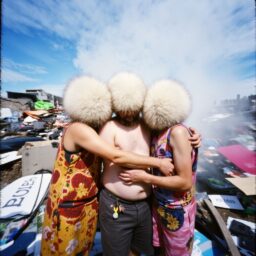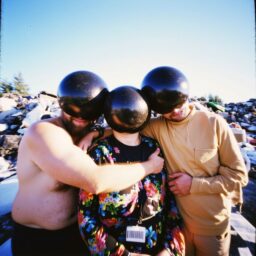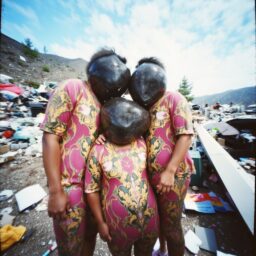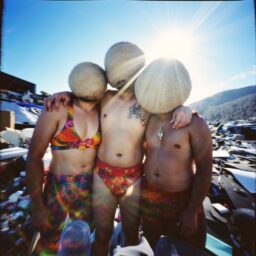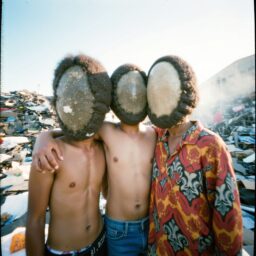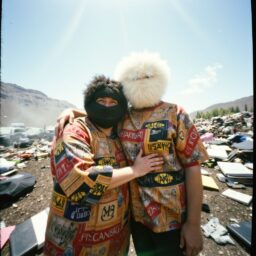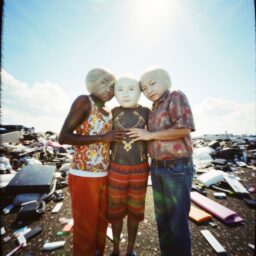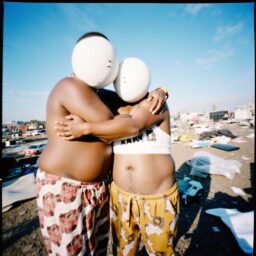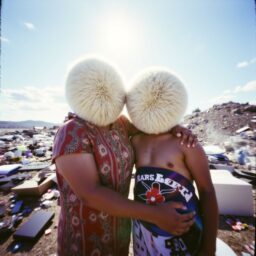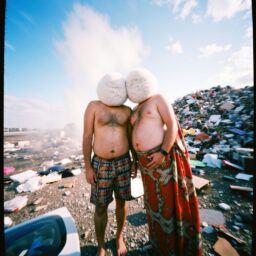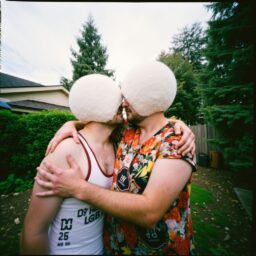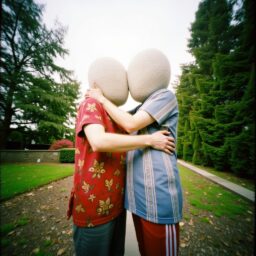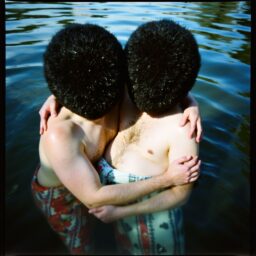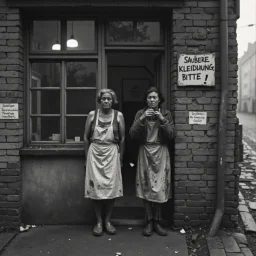FLUXFLASHY – cheap frontal flash photography LoRa The default FLUX model lacks diversity in many aspects. Therefore, using cheap frontal …
FLUXFLASHY – cheap frontal flash photography LoRa
The default FLUX model lacks diversity in many aspects. Therefore, using cheap frontal flash photography as training data for a LoRa model seems an effective way to explore the bandwidth of the FLUX DEV model. This approach aims to challenge both the stereotypical visuals of FLUX and the representation of age and gender in its motifs. Consequently, the training data was specifically selected to include images of diverse objects, scenes, and people, captured using blurry, grainy, cheap flash-based analog photography. Special attention was given to images where isolated objects are highlighted by the flash while the rest of the image fades into darkness due to the lack of light.
The spontaneous mini-series, VISIBLY HIDDEN, captures the characteristics of the FLUXFLASHY LoRa, showcasing different individuals striking bold poses in typical wide-angle, front-flash scenarios, reminiscent of those created with cheap household analog cameras. The center of the image is intentionally used to obscure facial features.
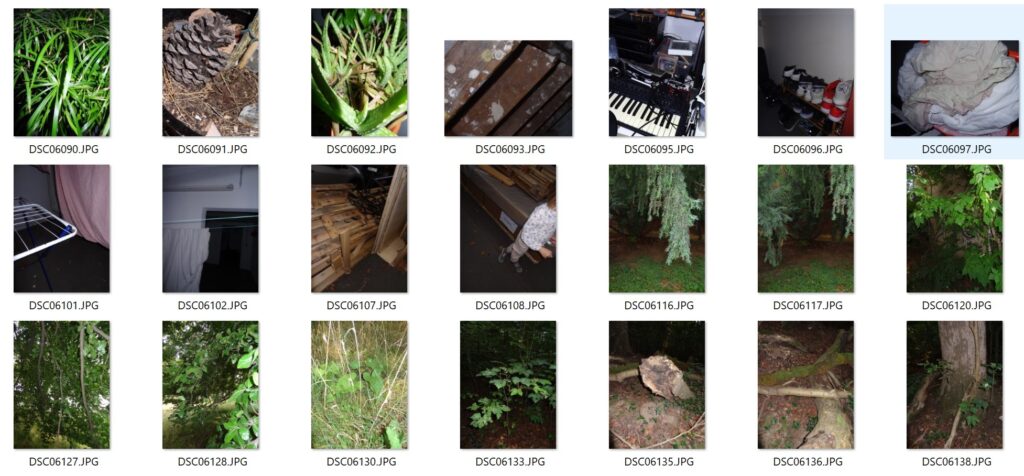
DOWNLOAD THE FLUXFLASHY.SAFETENSORS @CIVIT.AI
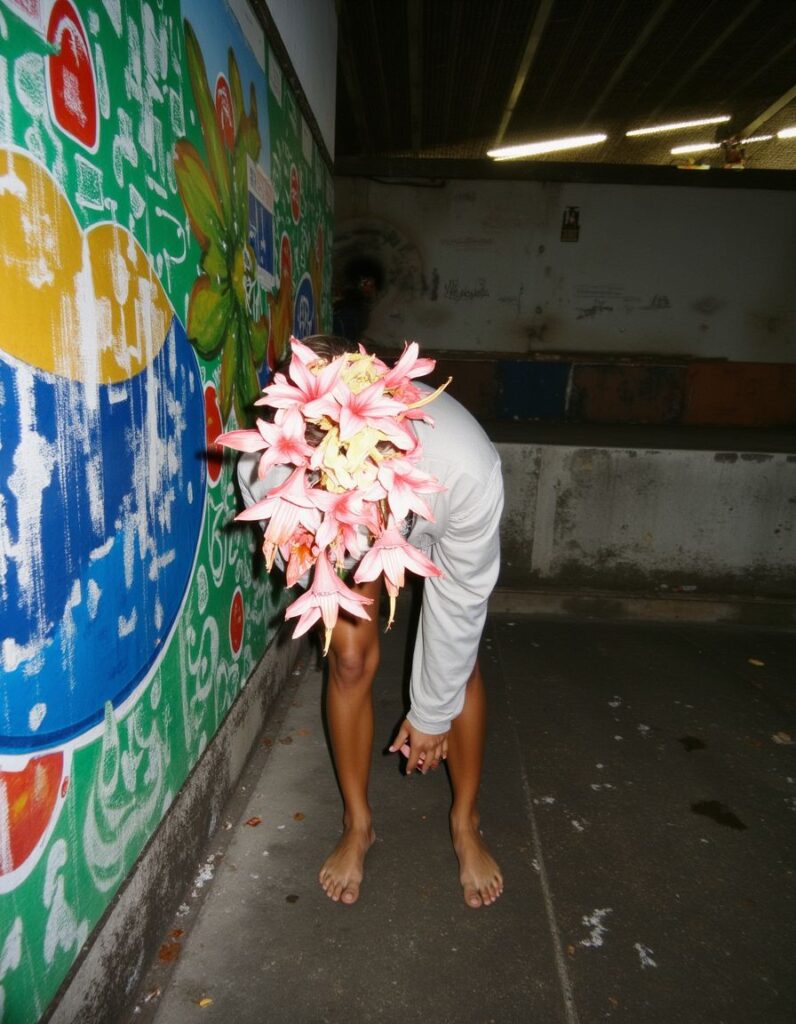
prompt: fluxflashy analog grainy photo of a casual short haired old bored female person in suburban concrete wall with weird crappy paintings overgrown with wilderness and distressed and dirty, barefeet, realistic skin, casual clothes from the 80s east europe, many colorful lilies blossoms covering all the face of the female person who is in dynamic weird poses from the side or from the back, person bend over to the front, there is motion blur, it is allmost dark and after sunset, image is out of focus, vignette, depth of field, white smoke or fog on the ground, dirt on lens
PINHOLGAFLUX – cheap pinhole Holga inspired photography LoRa
Casual pinhole photography comes with very typical lens distortion and blurry vignette in a square format based. These cameras can be built with household material with very simple constructions – the more advanced version also have simple pastic lenses you can find in old Holga or Pouva Start middle format cameras. The PINHOLGAFLUX LoRa is an experiment to induce this aesthetics to the plain FLUX DEV model. The training data comes from simple shots of environments, objects and casual people. It is quiet a huge challenge to bend the renderings to show realistic persons as the base model seems to be trained on painful stereotypical photo material. Although, the aesthetics of this analog photography style seems to be handled okish and some cherrypicked outputs show interesting results.
The experimental micro series HEAD FULL OF FLUFF uses furry head masks on generic persons to open up a play of body stereotypes, poses, objects, materials and scenery. As this series intially stems from a purely technical research, it already opens up a wide range of artistic paths to follow and also an urgent need to reflect on what is actually generated in front of the eye.
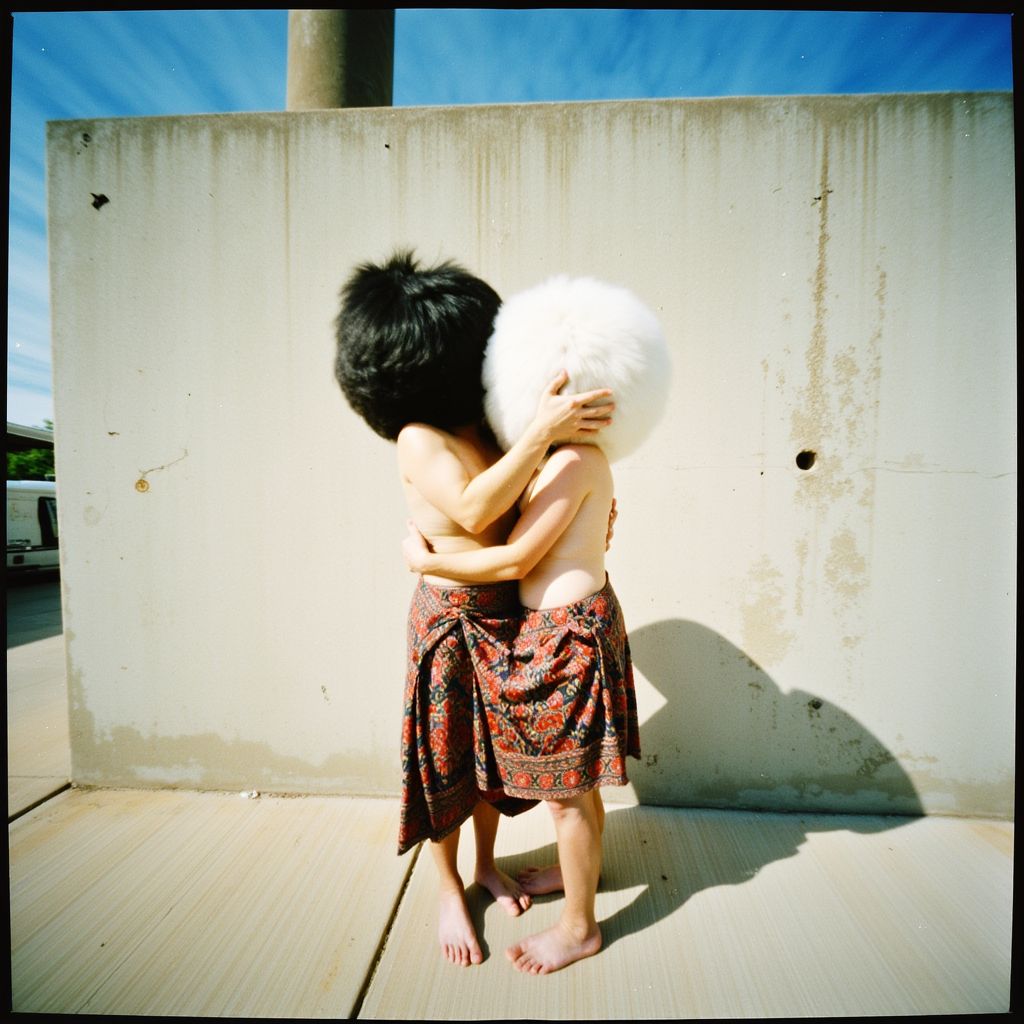
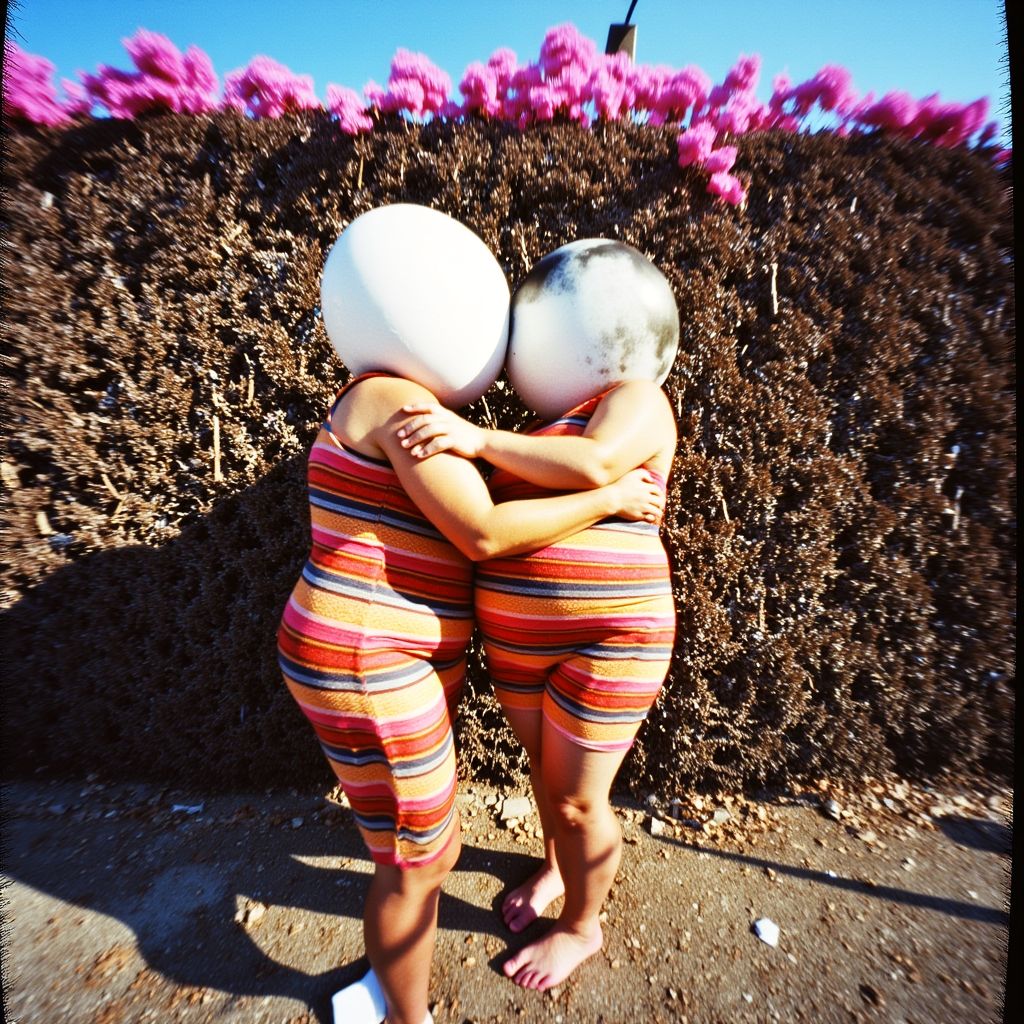
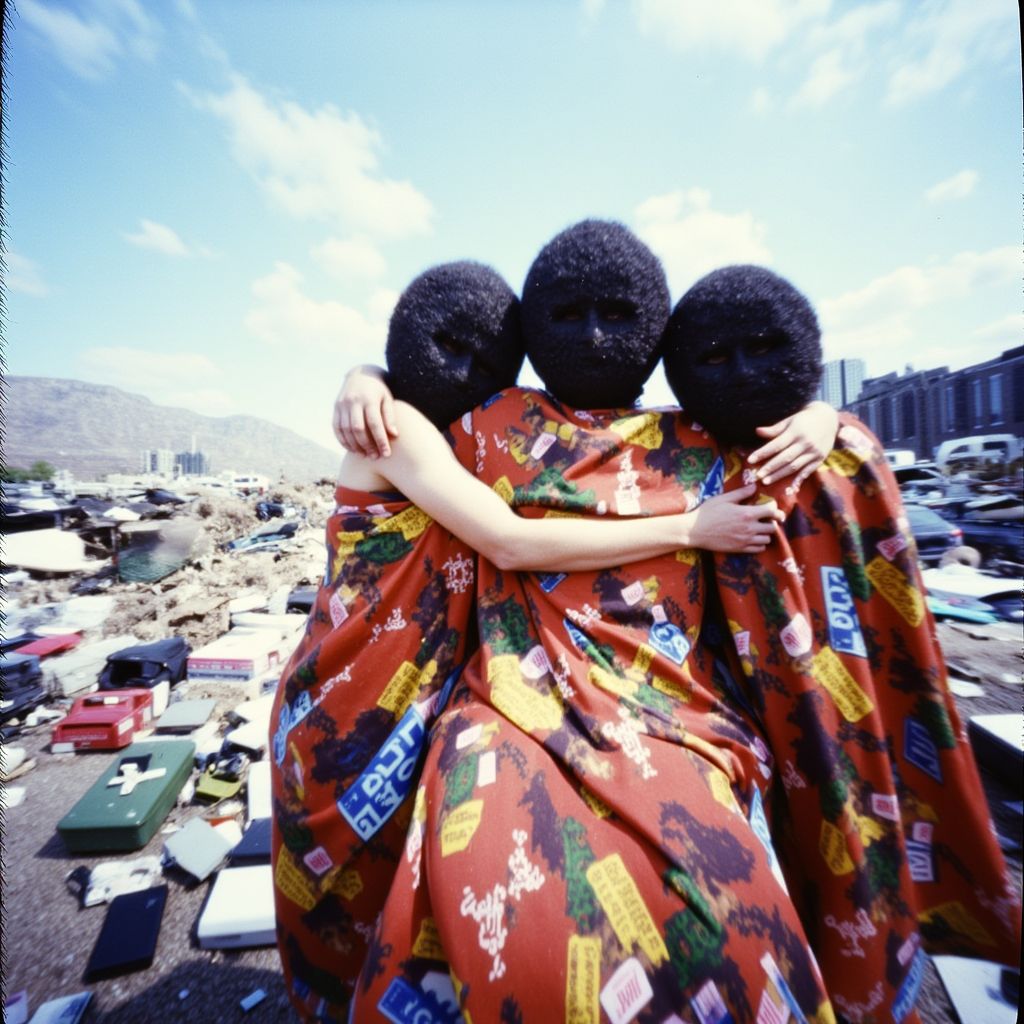
prompt: analog pinhole photo of pinholgaflux, three chubby sweaty fat hairy men with furry black reflective oversized spheres instead of heads, in weird dynamic hugging poses wrapped tightly in one single oversized casual inflated crop top dress cloth in traditional slavic baltic persian textile patterns and fancy fashion logos , inside a huge garbage dump of electronic trash in plain sunlight, white smoke coming out of the dump , expired film, lens distortion, out of focus, fisheye, camera in wide angle frog perspective from the floor up
sources and help
As the FLUX DEV model is very demanding in ressources, it makes sense to run it on external server systems. This is not secure, censored and costs a bit of money unfortunately. Hope this boils down to lower specs in the future. Anyways have a nice guide done by @MattVidPro to train and deploy your own LoRa @Replicate
